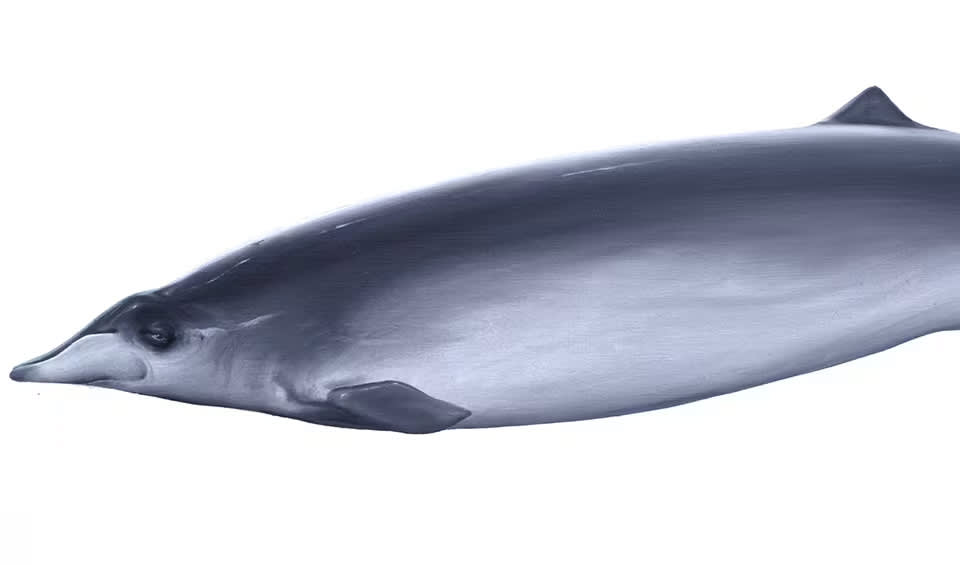The pygmy beaked whale, also known as the dwarf beaked whale, remains one of the most enigmatic and least understood marine mammals inhabiting the world’s oceans. Researching this elusive species has proven to be a formidable challenge, hindered by its infrequent sightings, remote habitat, and elusive behavior. Unlike many other cetaceans, which may frequent coastal waters, the pygmy beaked whale displays a preference for deep offshore environments, often venturing far from shorelines and sea shores.
Despite decades of scientific inquiry, our understanding of the pygmy beaked whale remains limited, with only a handful of confirmed sightings and a mere thirteen dead specimens available for study. These elusive creatures are rarely encountered in the wild, making it challenging for researchers to gather comprehensive data on their behavior, population dynamics, and ecological role within marine ecosystems.
Furthermore, the scarcity of interactions between pygmy beaked whales and human activities has contributed to the dearth of information regarding their natural predators and threats. Unlike some marine mammals that face significant pressures from hunting, bycatch in fishing gear, or habitat degradation, the pygmy beaked whale appears to be relatively unaffected by anthropogenic impacts. Accidental entanglement in fishing gear is infrequent due to their deep-water habitat, and direct hunting of these elusive creatures is rare.
However, despite the apparent lack of direct threats from human activities, the conservation status of the pygmy beaked whale remains uncertain. The scarcity of data on population size, distribution, and trends hinders our ability to assess their conservation status accurately. Moreover, the potential impacts of emerging threats such as ocean noise pollution, climate change, and habitat degradation on pygmy beaked whale populations are not yet fully understood.
Distribution
 Pacific ocean
Pacific ocean Chile
Chile Colombia
Colombia Costa Rica
Costa Rica Ecuador
Ecuador El Salvador
El Salvador Guatemala
Guatemala Honduras
Honduras Mexico
Mexico New Zealand
New Zealand Nicaragua
Nicaragua Panama
Panama Peru
Peru United States
United StatesAnything we've missed?
Help us improve this page by suggesting edits. Glory never dies!
Suggest an editGet to know me
Terrestrial / Aquatic
Altricial / Precocial
Polygamous / Monogamous
Dimorphic (size) / Monomorphic
Active: Diurnal / Nocturnal
Social behavior: Solitary / Pack / Herd / Group
Diet: Carnivore / Herbivore / Omnivore / Piscivorous / Insectivore
Migratory: Yes / No
Domesticated: Yes / No
Dangerous: Yes / No




